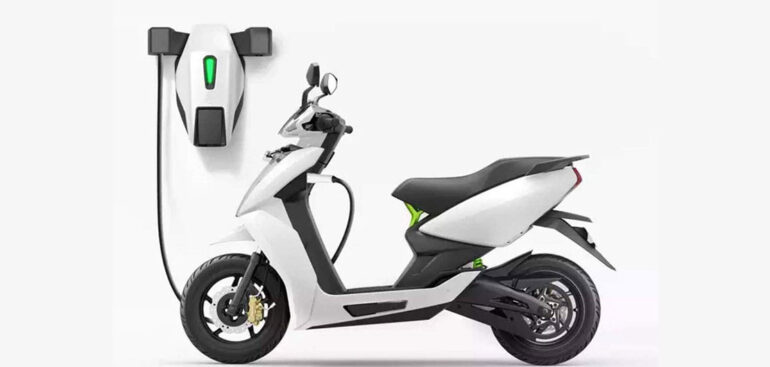India, the world’s largest two-wheeler market by volume, has been facing troubled times, as sales data have revealed a staggering decline of nearly 25% year-on-year in October 2021. The sharp increase in two-wheeler and petrol prices have been major contributing factors for this and the future situation seems worrying, as industry sources claim a further decrease of anywhere between 1% to 4% for the current fiscal. Overall, the COVID-19 pandemic has played spoilsport by causing job losses, cuts in salaries, work-from-home policies and delays in opening of schools and colleges, leading to postponement of new two-wheeler purchases, which typically witness a spike during the festive Diwali season.
Manufacturers were left with no option but to increase the prices of two-wheelers, given that commodity and input prices have recorded a surge, thereby affecting their cost of production. Overall, in the first nine months of 2021, several companies have been forced to revise bike prices on more than one occasion.
The sales of second-hand two-wheelers during the pandemic period, by contrast, have posted a handsome growth. Restrictions about physical distancing in place have compelled commuters to avoid public transport, leading them choose the more economical option of purchasing a second-hand bike, rather than a brand new one, which can pinch the pocket.
The proliferation of bike taxis has also been instrumental in increasing the demand for second-hand two-wheelers in India. Another concept that has caught on is self-driving hired two-wheelers, the per hour cost of which can be quite economical for the customer. For this, too, second-hand bikes are preferred, as in both instances, cost plays an important role and buying a new bike compared to a second-hand one may not be practical. Minor repairs and good servicing can be helpful in making second-hand two-wheelers seem as good as new.
Indian Market for Electric Two-Wheelers Setting an Electrifying Pace
Once considered to be an insignificant segment of the two-wheeler market, the Indian scenario for electric bikes has undergone a drastic change over the past couple of years. The unrelenting escalation in petrol prices has been the major factor behind this development and data suggests that this trend is likely to continue over the coming period. Despite this, some legacy players, such as Bajaj Auto, have not shown much interest in this space, while others, such as Hero Electric have jumped on the bandwagon to gain a considerable share of the Indian market. Startups have also flooded the market, though they are still in a fledgling stage and yet to gain a strong foothold.
On the downside, the prices of electric bikes are relatively quite high, which can deter potential buyers. To purchase an electric bike, the buyer may have to shell down anywhere between ₹5,000 to ₹10,000 more than conventional internal combustion engine (ICE) options. Also, the cruising speed of e-bikes is quite limited and a majority of them are recommended for use within city/town limits, instead of venturing out for longer drives. Keeping a check on charging levels and maintaining the same can be problematic for some potential buyers, though this can be solved by an effective planning of the infrastructure involved.
Total cost of ownership (TCO) is the most vital component to be considered when selecting a standard ICE two-wheeler or an electric alternative. While the prohibitive initial purchase price of an e-bike has sent back many customers from the seller’s showroom itself, it is expected that technical advances, government regulations and financial incentives would propel e-bike sales in India.
The exponential growth of the home delivery sector in India has been a crucial factor to drive the sales of electric two-wheelers, as they can offer a more economical and eco-friendly alternative to regular ICE bikes.
FAME 2 revisions promulgated in June 2021 have been instrumental in reducing the prices of all electric two-wheelers, allowing for an incentive increase of 50%. Other sweetmeat deals include a provision of ₹1.5 lakhs of income tax deduction for interest paid on loans used to purchase electric vehicles.
All in all, the two-wheeler industry in India will maintain its top position for several years to come, as China has lost this standing because of growing expendable income, which has shifted focus towards four-wheeled mobility.
